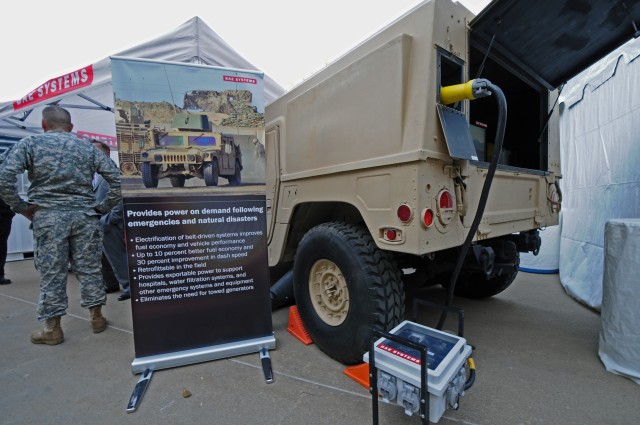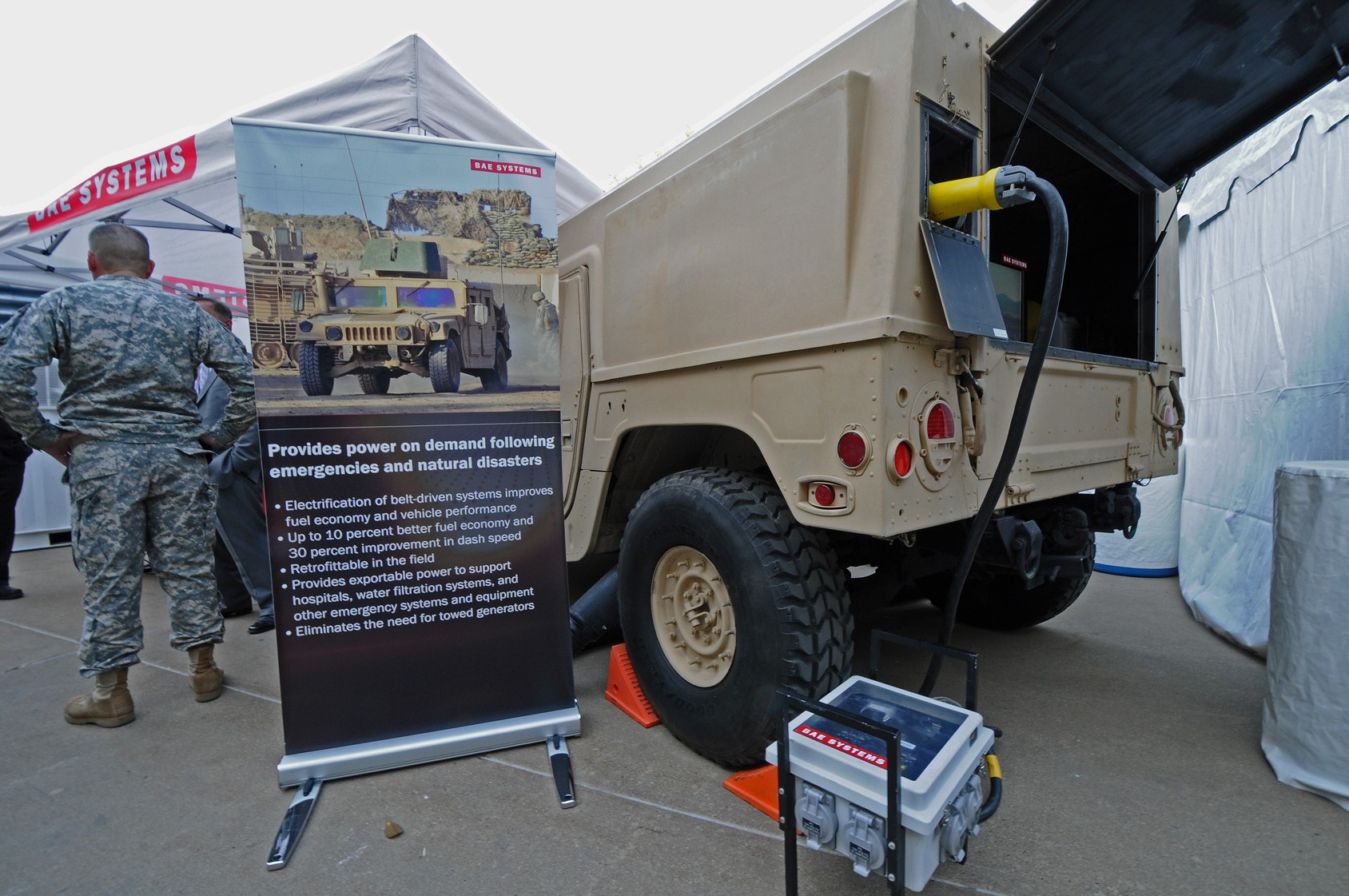WASHINGTON (Army News Service, Oct. 12, 2010) -- In Afghanistan, energy efficiency doesn't just translate to a savings in fossil fuels -- it translates to saving lives.
Fewer fuel convoys in theater can mean saving the lives of Soldiers, said Katherine Hammack, the new assistant secretary of the Army for installations, energy and environment. Last week -- at the start of October's energy awareness observance -- the word "energy" was added to the name of that office. It's a reflection of the Army's new focus on energy.
There was one casualty for every 24 fuel convoys in Afghanistan in fiscal year 2007, according to a 2009 Department of the Army study.
"(Energy) does have a direct impact. And I would say with the recent issues on the Pakistani border, our logistics tail and our convoys are becoming bigger and bigger issues," Hammack said. "I believe our Soldiers are well aware of the issues and are looking for ways they can use energy wiser."
Energy use in contingency operations also costs a significant amount of money. The cost of providing energy in Afghanistan and Iraq is often calculated as a "fully burdened" cost. In a place like Afghanistan, that's not just the initial cost of buying something like JP8 fuel, but also the cost of transporting it via convoy or even by aircraft across the desert to where it is needed. Per gallon estimates range anywhere from $20 to $1,000 dollars.
The Army is focused now on reducing its energy use both overseas and stateside as a way to reduce casualties associated with fuel convoys, lower the amount of money spent on energy, and ensure energy security for the Army -- which means ensuring there is always energy available to continue the Army mission uninterrupted, said Hammack.
"The first priority is less," said Hammack. "If you use less energy, you don't have to buy as much -- or you don't have to make as much from alternative energy sources or renewable energy sources."
At Fort Irwin, for instance, the Army is looking at using solar shades with tents to better insulate them in an effort to reduce cooling costs.
"If you are better insulated, you don't need as much energy for air conditioning -- if you don't need as much energy for air conditioning, you don't have to bring as much fuel to the facility," Hammack said, adding that efforts like solar shades can achieve 50-percent energy reductions.
At Fort Wainwright, Alaska, Hammack said, the Army is putting insulation on the outside of buildings to increase energy efficiency. And at Fort Hunter Liggett, Calif., they've put in solar-powered streetlights that can run for four days. The Army's residential housing initiative also has focus on energy efficiency as well, she said.
Hammack said the Army's Installations Management Command is also working to increase the number of energy managers at each installation so they understand how energy is used and how to use it more efficiently, so they can do an analysis of their facilities and identify opportunities for efficiency improvements.
The Army is required to meet requirements set out in Executive Order 13423 that requires federal agencies to reduce energy intensity by 3 percent each year, leading to 30 percent by the end of fiscal year 2015, compared to an FY 2003 baseline.
Overseas, in contingency operations, the Army is also looking for ways to reduce energy requirements. That could translate to fewer fuel convoys needed to supply operations, Hammack said.
The Army is now working on developing "microgrid" technologies that tie generators together into one grid.
"If you have ten generators -- each operating at 25 percent capacity -- that might (equal) two generators operating at 100 percent capacity," Hammock said. "They are more efficient and use less fuel for the same amount of output."
Reducing use, through improved efficiency, is only part of the way the Army is achieving its goals. Being able to produce energy, without depending on bringing in energy from the outside, is also part of solution for energy security. Energy security means an Army installation can provide power to its most critical operations, even if the civilian power grid or energy supply is completely down.
The Army is looking at technologies to help commanders and Soldiers produce energy on site.
"There's so many things we're trying and testing," Hammack said. There's a rucksack power capability, for instance, "instead of big batteries you carry around solar panels you can spread out," she said. The Army's also deployed wind turbines in contingency operations to generate energy. Another solution, she said, is waste-to-energy conversion.
"We do generate waste and we have several waste-to-energy facilities operating in the United States and we are looking at and have already deployed several waste-to-energy units in our forward operating bases," she said.
While the facilities are large, she said, and not rapidly deployable, it is a way to mitigate environmental impact and at the same time generate energy without using JP8 or some other liquid fuels.
"Our primary mission is the safety and security of the United States," Hammack said. "Fuel is what is needed to support that mission. We are not going to sacrifice the mission, but we need to be well aware of the logistics it takes to support the mission. We're trying to find and identify and deploy the technologies that help us meet our mission requirements at the same time reducing the fuel."
Hammack was recently named the assistant secretary of the Army for installations, energy and environment. That office, ASA (IE&E), is new this fiscal year, in that it added "energy" to its name.
Related Links:
Natick observes Energy Awareness Month


Social Sharing